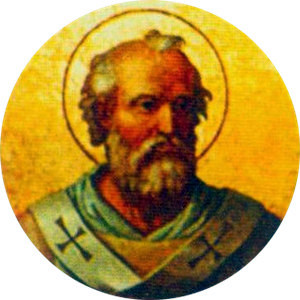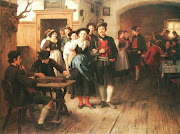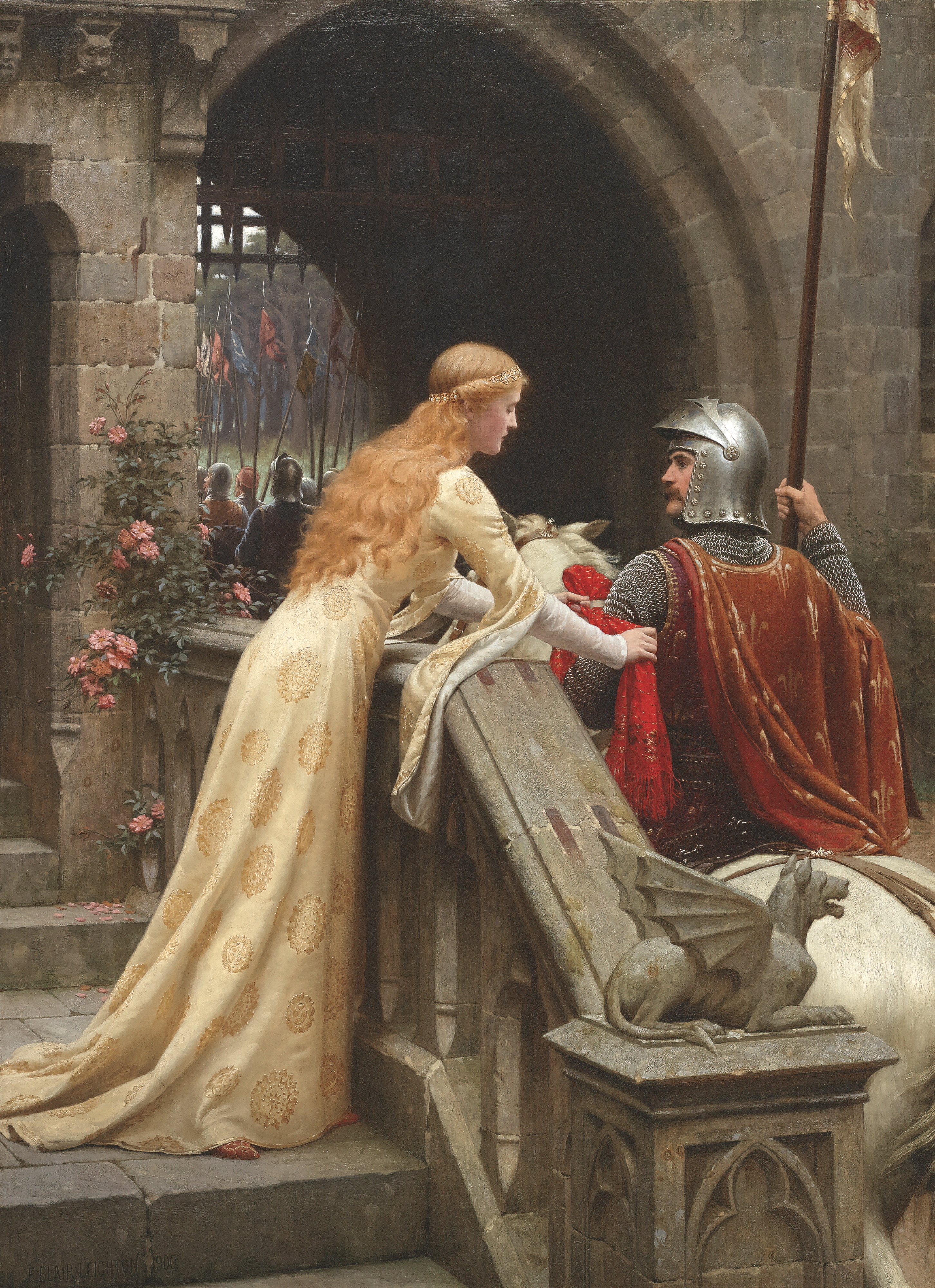All Saints’ Day, All Hallows, or Hallowmas begins at Vespers on the evening of 31 October – which, of course, is known as the Eve of All Hallows, Halloweven or Hallowe’en, and ends at sundown on 1 November.
Some scholars believe that the Feast of All Saints may have been a christianisation of the ancient Roman observation of 13 May, the Feast of the Lemures, in which malevolent and restless spirits of the dead were propitiated.
Churches in
Britain were already celebrating All Saints on 1 November at the beginning of
the 8th century to coincide or replace the Celtic festival of the Dead (Samhain).
Others suggest that date was a Germanic idea, rather Celtic. Interestingly,
according to Óengus of Tallaght (d. ca. 824), the 7th/8th century church in
Ireland celebrated All Saints on 20 April.
The
Eastern Orthodox Church of the Byzantine Tradition commemorate all saints
collectively on the first Sunday after Pentecost, All Saints’ Sunday (Greek:
Αγίων Πάντων, Agiōn Pantōn).
The feast
of All Saints achieved great prominence in the ninteenth century, in the reign
of the Byzantine Emperor, Emperor Leo VI "the Wise" (886–911).
After the
death of his devout wife, Empress Theophano in 893, her husband built and wanted
to dedicate a church to her but, when not ecclesiastically permitted, he
dedicated it to all the saints so that she would in effect be celebrated
thereby.
The Emperor Leo IV the Wise and Empress Theophano
In the persecution of Diocletian the number of martyrs became so great that a separate day could not be assigned to each and the Church, feeling that every martyr should be venerated, appointed one day for all.
On 13 May
609 or 610, Pope St Boniface IV consecrated the Pantheon at Rome to the Blessed
Virgin and all the martyrs and the feast of the dedicatio Sanctae Mariae ad
Martyres has been celebrated at Rome ever since.
Pope St Gregory III (731–741) founded an oratory in St Peter’s Basilica for the relics of all the apostles and saints and moved the feast day from 13 May to 1 November.
 |
| Pope St Boniface IV |
Pope St Gregory III (731–741) founded an oratory in St Peter’s Basilica for the relics of all the apostles and saints and moved the feast day from 13 May to 1 November.
A
November festival of all the saints was made a day of obligation throughout the
Frankish empire in 835, by a decree of Emperor Louis the Pious, at the behest
of Pope Gregory IV and all the bishops, with an octave added by Pope
Sixtus IV (1471–1484).
+++








.jpg)

















_-002.jpg/220px-Circle_of_Anton_Raphael_Mengs,_Henry_Benedict_Maria_Clement_Stuart,_Cardinal_York_(ca_1750)_-002.jpg)


No comments:
Post a Comment